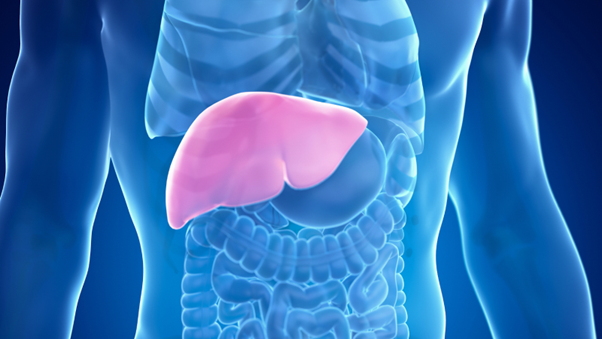Key information about Wilson’s disease
Wilson’s disease, also known as Hepatolenticular Degeneration, is a rare genetic disorder that causes a toxic build-up of copper in the body — particularly in the liver and central nervous system. Without early diagnosis and treatment, it can lead to irreversible damage and may even be fatal.

Copper: A Vital Mineral in Small Amounts
Copper is a chemical element represented by the symbol Cu, a metal that our body needs in very small amounts to stay healthy, as it plays a role in:
- Making red blood cells
- Supporting the immune system
- Helping enzymes work properly
- Keeping nerves, bones, and connective tissues healthy
Normally, our organism gets copper from our diet (like nuts, seeds, seafood, and whole grains), and the liver processes and removes the excess, which is then eliminated in the stool.
In Wilson’s disease, the liver can’t get rid of copper properly, so it builds up in the liver, brain, and other organs, causing damage.
What causes Wilson’s disease?
The condition is caused by mutations in the ATP7B gene, which impair copper elimination. It may lead to progressive or acute, severe liver damage, and eventually copper deposition in the brain and other organs.
As an autosomal recessive disorder, it requires inheritance of two mutated genes (one from each parent) to develop. Carriers with one mutated gene are asymptomatic.
Key symptoms
- Liver Problems: Liver enlargement and failure, hepatitis, cirrhosis, jaundice.
- Neurological Issues: Clumsiness, tremors, difficulty walking, speech problems.
- Psychiatric Symptoms: Depression, anxiety, aggression, mood changes.
- Musculoskeletal Pain: Joint pain, bone pain, inflammation.
- Other Signs: Spleen enlargement, easy bruising, fatigue, Kayser–Fleischer rings, acute hemolytic episodes, delayed puberty, recurrent miscarriages, bone pain, arthritis, osteoporosis, arrhythmia, cardiomyopathy, hematuria, nephrotic syndrome, and kidney stones.
When do the symptoms appear?
Age at onset is highly variable, from after age 3 in children to most cases by age 40, with rare late-onset presentations after age 50.
Clinical presentation depends on age and sex:
- Children (~age 10 on average) often show hepatic symptoms first, preceding neurological signs.
- Neurological symptoms may occur alongside liver signs or as the first manifestation.
- Isolated psychiatric symptoms are possible, though rarer, and more often coexist with hepatic or neurological disease.
Diagnosis
The variability in presentation (hepatic, neurological, psychiatric) complicates diagnosis, which is based on clinical features plus abnormal laboratory results.
- Initial work-up: low ceruloplasmin, elevated urinary copper excretion.
- Liver biopsy may confirm high hepatic copper content.
- Genetic testing confirms the diagnosis in ~98% of cases.
- Family screening identifies ~20% of cases.
Differential diagnosis for hepatic presentation includes viral or autoimmune hepatitis, non-alcoholic steatohepatitis, primary sclerosing cholangitis, primary biliary cholangitis, and alpha-1 antitrypsin deficiency. For neurological symptoms, consider essential tremor, early-onset Parkinson’s disease, and dystonia.
Treatment
Currently, there is not a cure for Wilson’ disease, but symptoms can be controlled. Treatment can gradually improve symptoms, but its success depends on strict lifelong adherence.
The main therapeutic goal is to achieve a negative copper balance through lifelong use of chelating agents (D-penicillamine, trientine salts) or zinc sulfate. Dietary restriction of copper-rich foods is also advised.
Liver transplantation is recommended for acute liver failure with encephalopathy or for decompensated cirrhosis unresponsive to medical therapy.
Prognosis
Outcome depends on timely diagnosis, early initiation of treatment, and compliance with therapy. Untreated Wilson’s disease progresses to life-threatening illness, but with proper treatment, long-term prognosis is excellent.